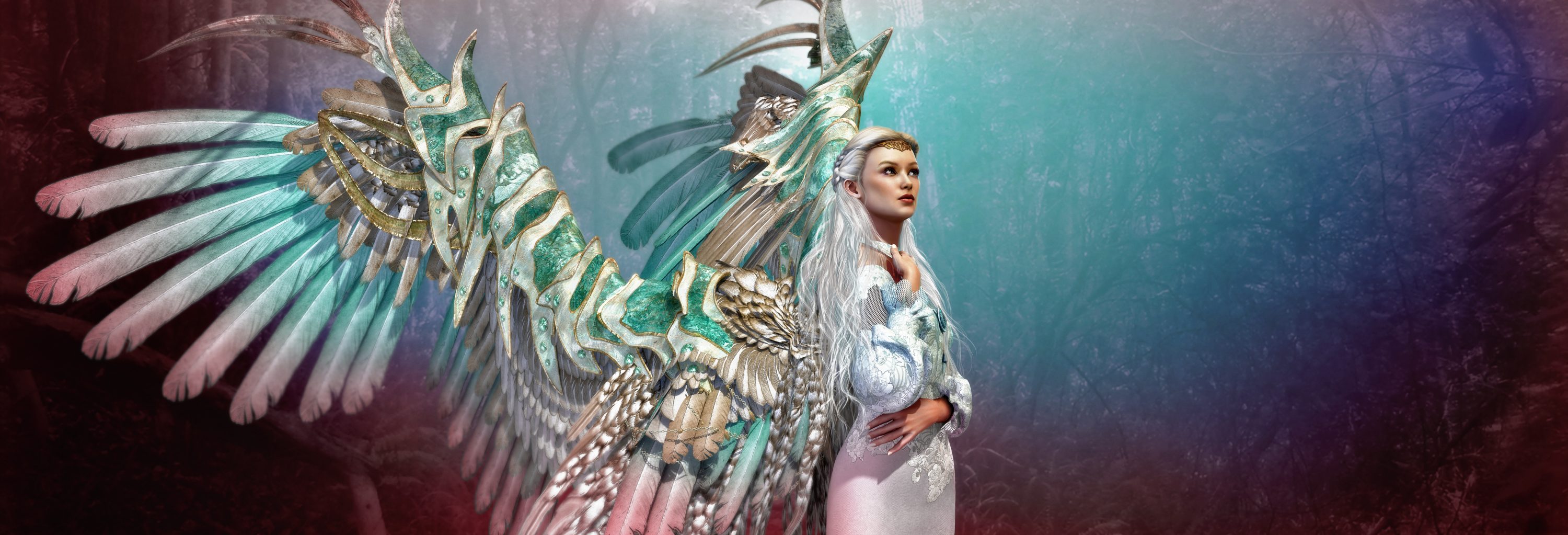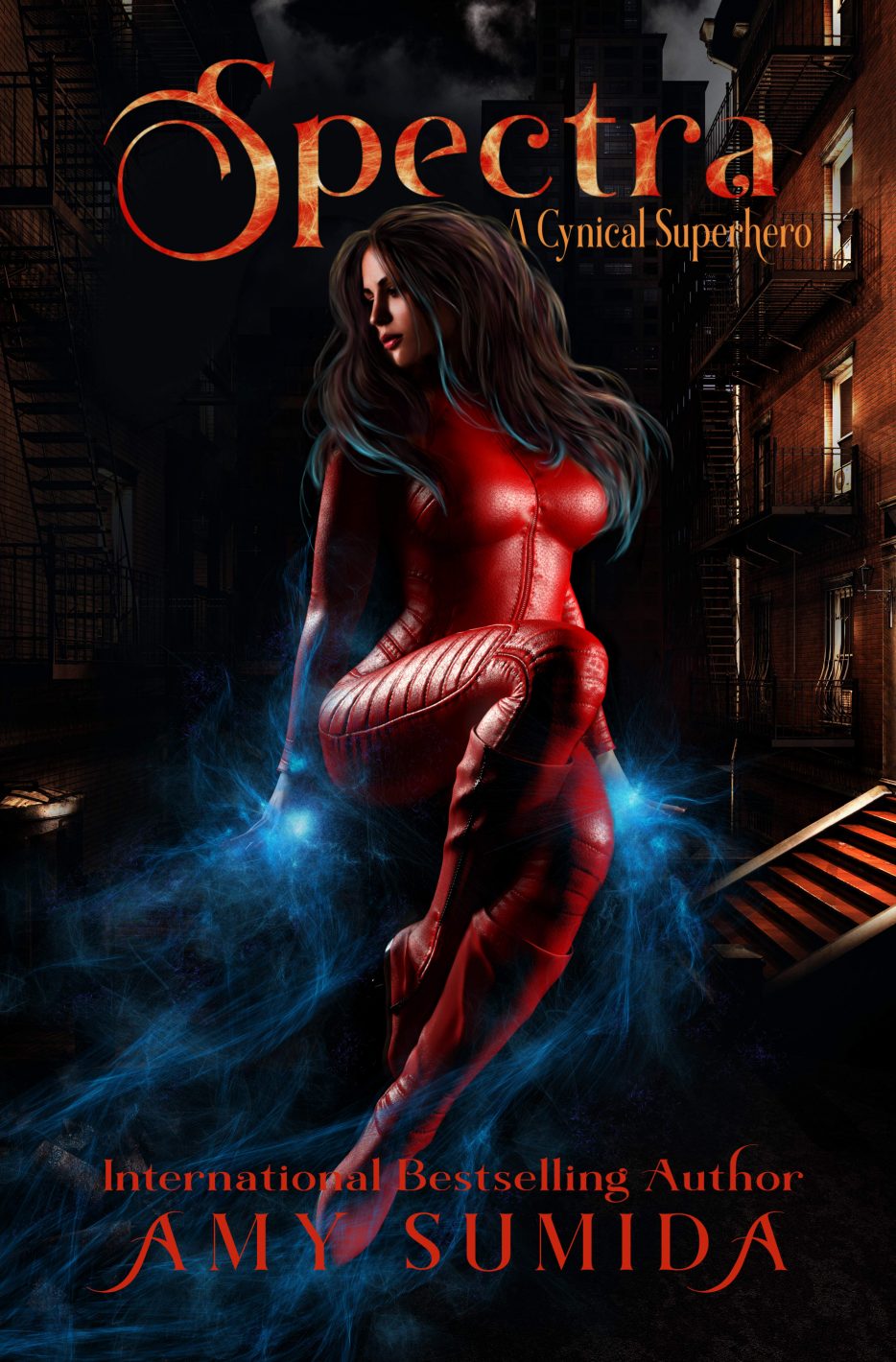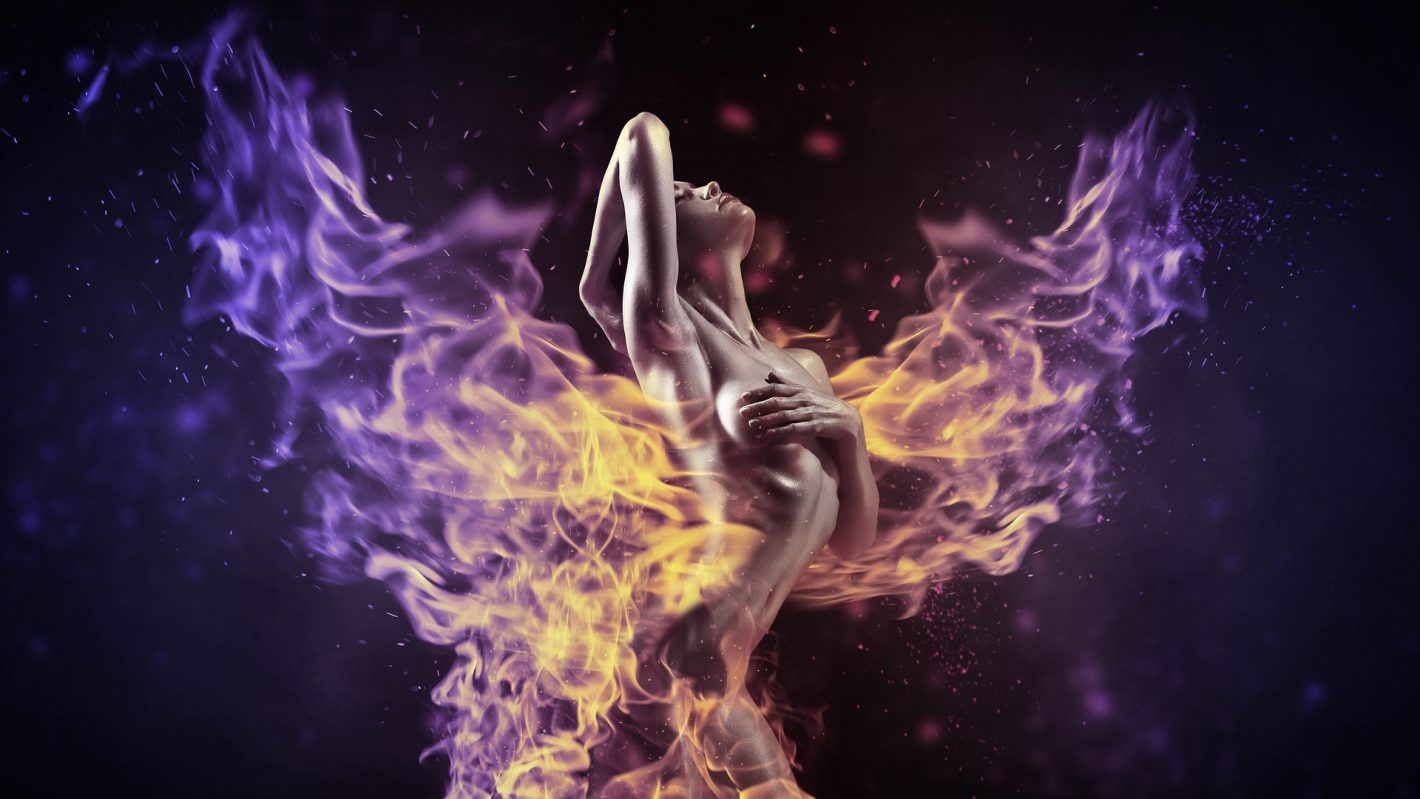
As a paranormal author, I’ve encountered several situations involving wings. I thought I’d share a few of the issues I’ve encountered when writing characters with wings and how I’ve gone about trying to make those unwieldy appendages more comfortable.
First off, the biggest problem, especially when the winged character is a romantic lead: how the hell do you get a shirt on them? I’ve gone with a couple of solutions. One involves a complicated garment that has flaps to wrap around the wings. This works all right and can even add to the sexiness of the man unwrapping himself like a present. But I got tired with having to explain the intricacies of a piece of clothing. Such long descriptions can take away from the story. So, my second solution was the lazy one. Most of the characters I develop with wings have the ability to “magic” those wings away. I hypothesized that if they magic them back in place after pulling on a shirt with strategic wing holes, the juncture of the wings would form within those holes. In reality, though, the holes would have to be held in the precise position for this to work. But hey, it’s fiction, and I’m allowed some leeway.
Second problem with wings: how do you sleep next to a man with wings? I’m assuming that a winged man—like a bird—would have no problem with resting on his wings. They would simply be another set of limbs. With that in mind, he’d likely be okay with another person sleeping on them as well; such as a woman, tucked into his side and laying on a wing. But how truly comfortable would that woman be? A feathered wing is not like a feather pillow. It would be sleek and crinkly and have bones to jab you. If it’s a leathery wing, it would be the same minus the crinkle factor and with less loft. Would she put a pillow over the wing? And what about if one of them tosses and turns in the night? I sleep like that and have often imagined how difficult it would be for both the winged man and myself to get a good night’s rest next to each other. No one wants to wake up with a face full of feathers. To get around wonky sleeping arrangements, I either have the character magic the wings away or just let his partner be uncomfortable and hope the readers don’t think too long on it. But I do… it haunts me.
And that leads me to my third issue: sex. Okay, maybe this isn’t such a big issue. Wings provide for all sorts of unique ways to make love. They can give the Mile High Club a new twist. And, as I mentioned before, the wings should be strong enough to withstand the man lying on them so that shouldn’t limit a couple’s positional options either. But you do have to be careful about bed size and surrounding furniture. One wild sessions could wreak havoc on a girl’s boudoir.
Speaking of surrounding furniture, let’s get to the fourth, and more annoying, issue: how do you maneuver around a living environment with wings? In most cases, my winged characters have specially adapted homes with larger doorways and furniture that will accommodate wings; such as backless chairs. But what about when they visit their girlfriends? I’m limited by where I can place them in a room, or where I can sit them, and always have to mention how they draw in their wings to get through doorways and such. This again is a situation where magically disappearing wings come in handy, but there are times when a character needs to have his or her wings out. That’s when navigating them around a scene can become tricky. “Oops, was that a priceless vase? Sorry ’bout that.”
Those are just a handful of issues that arise involving wings. Every time I write a story with a winged character, I come across new ones. For instance, the character of Malik in the Spectra Series has leathery wings in his alternate form. The wings are a part of that form and cannot be magicked away when he is shifted. On top of that, he’s an alien so he must navigate spaceships. Things can get complicated with Mal but, honestly, all of these issues add to the fun of developing him as a character and inserting his quirks into the story. And that goes for all winged characters; they can be damn fun to play with. But I wanted to share with you some of the thoughts that run through my mind when I work with them and I hope you enjoyed this peek into my creative process.
Check out Mal in the Spectra Series:

